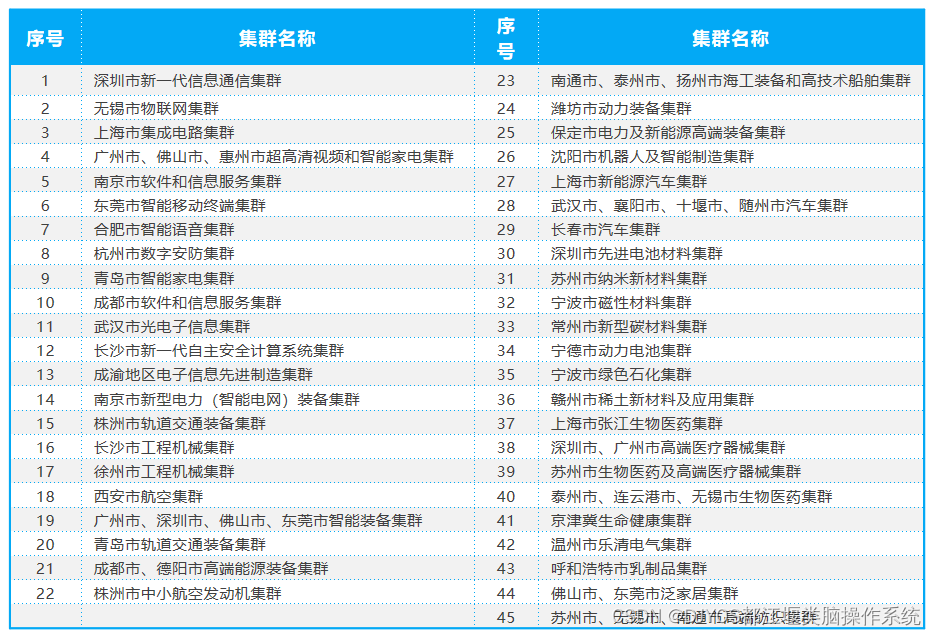前言
最近项目开发过程中遇到了 t o r c h n e t . m e t e r torchnet.meter torchnet.meter来记录模型信息,搜了好多篇博客,都潦草草没有一点干货。于是参考了官方文档以及参考代码,根据自己的理解,在此做了一个其的使用教程:
torchnet简介
torchent是torch框架的一种,其提供了一套抽象的概念,旨在鼓励代码复用和模块化编程。提供了四个重要的类:

每个meter的子类都有三个方法:

Classification Meters
APMeter
APMeter计算每个类的AP,即平均精度average precision。
import torch
from torch.nn import functional as F
from torchnet import meter as tnt
seed = 1024
torch.manual_seed(seed)
# 128条数据, 10个类别
size = (128, 10)
output = torch.rand(size=size)
output = F.softmax(output, dim=1)
target = torch.randint(0, 2, size=size)
aper = tnt.APMeter()
aper.add(output, target)
"""
add(output, target, weight=None):
output: 模型的输出, 是一个NxK的tensor, 表示每个类别的概率, N表示样本数目, K表示类别数目, 所有类别的概率总和应为1
target: 样本的标签, 是一个NxK的二进制tensor, 即其值只能是0(负样本)或1(正样本)
weight: 可选参数
"""
print('AP: ', aper.value().numpy())
print('mAP: ', aper.value().sum().numpy() / 10)
# AP: [0.535214 0.6198798 0.59850764 0.527964 0.4984482 0.5188082 0.5916564 0.41430935 0.48577505 0.41956347]
# mAP: 0.5210125923156739
mAPMeter
mAPMeter计算所有类别的mAP,即平均AP。
import torch
from torch.nn import functional as F
from torchnet import meter as tnt
seed = 1024
torch.manual_seed(seed)
# 128条数据, 10个类别
size = (128, 10)
output = torch.rand(size=size)
# output /= output.sum(dim=1).unsqueeze(dim=1).expand(size=size)
output = F.softmax(output, dim=1)
target = torch.randint(0, 2, size=size)
maper = tnt.mAPMeter()
maper.add(output, target)
"""
add(output, target, weight=None):
output: 模型的输出, 是一个NxK的tensor, 表示每个类别的概率, N表示样本数目, K表示类别数目, 所有类别的概率总和应为1
target: 样本的标签, 是一个NxK的二进制tensor, 即其值只能是0(负样本)或1(正样本)
weight: 可选参数
"""
print('mAP: ', maper.value().numpy())
# mAP: 0.5210126
ClassErrorMeter
计算模型的accuracy,即准确率。
import torch
from torch.nn import functional as F
from torchnet import meter as tnt
seed = 1024
torch.manual_seed(seed)
# 128条数据, 10个类别
size = (128, 10)
output = torch.randn(size=size)
output = F.softmax(output, dim=1)
target = torch.randint(0, 10, size=(128,))
# 计算acc1和acc5, 默认计算acc1, 即topk=[1]
classer = tnt.ClassErrorMeter(topk=[1, 5], accuracy=True)
classer.add(output, target)
"""
add(output, target):
output: 模型的输出, 是一个NxK的tensor, 表示每个类别的概率, N表示样本数目, K表示类别数目, 所有类别的概率总和应为1
target: 样本的标签, 是一个长度为N的tensor, 标签id从0开始
"""
print('acc1: {0}%, acc5: {1}%'.format(classer.value()[0], classer.value()[1]))
# acc1: 11.71875%, acc5: 56.25%
ConfusionMeter
ConfusionMeter计算多分类模型的confusion matrix,即混淆矩阵。不支持 multi-label和multi-class问题,对于这类问题可以使用 MultiLabelConfusionMeter:
import torch
from torch.nn import functional as F
from torchnet import meter as tnt
seed = 1024
torch.manual_seed(seed)
size = (128, 10)
output = torch.randn(size=size)
output = F.softmax(output, dim=1)
target = torch.randint(0, 10, size=(128,))
# k表示类别的数目, normalized表示是否对混淆矩阵进行归一化, 默认False
confer = tnt.ConfusionMeter(k=10, normalized=False)
confer.add(output, target)
"""
add(output, target):
output: 模型的输出, 是一个NxK的tensor, 表示每个类别的概率, N表示样本数目, K表示类别数目, 所有类别的概率总和应为1
target: 样本的标签, 是一个长度为N的tensor, 标签id从0开始
"""
print('confusion matrix: \n', confer.value())
# confusion matrix:
[[1 1 2 1 0 0 0 1 1 0]
[0 1 1 4 1 1 1 0 2 2]
[0 2 2 1 0 1 0 2 1 2]
[1 0 1 0 1 5 0 1 3 0]
[3 3 3 1 1 1 3 1 0 3]
[1 2 1 2 2 3 3 0 4 1]
[1 1 1 0 1 1 0 2 0 2]
[1 1 1 1 0 1 2 2 1 2]
[2 0 0 0 1 0 1 2 2 3]
[1 1 3 1 1 1 0 1 3 3]]
# normalized=True
# confusion matrix:
[[0.14285715 0.14285715 0.2857143 0.14285715 0. 0. 0. 0.14285715 0.14285715 0. ]
[0. 0.07692308 0.07692308 0.30769232 0.07692308 0.07692308 0.07692308 0. 0.15384616 0.15384616]
[0. 0.18181819 0.18181819 0.09090909 0. 0.09090909 0. 0.18181819 0.09090909 0.18181819]
[0.08333334 0. 0.08333334 0. 0.08333334 0.41666666 0. 0.08333334 0.25 0. ]
[0.15789473 0.15789473 0.15789473 0.05263158 0.05263158 0.05263158 0.15789473 0.05263158 0. 0.15789473]
[0.05263158 0.10526316 0.05263158 0.10526316 0.10526316 0.15789473 0.15789473 0. 0.21052632 0.05263158]
[0.11111111 0.11111111 0.11111111 0. 0.11111111 0.11111111 0. 0.22222222 0. 0.22222222]
[0.08333334 0.08333334 0.08333334 0.08333334 0. 0.08333334 0.16666667 0.16666667 0.08333334 0.16666667]
[0.18181819 0. 0. 0. 0.09090909 0. 0.09090909 0.18181819 0.18181819 0.27272728]
[0.06666667 0.06666667 0.2 0.06666667 0.06666667 0.06666667 0. 0.06666667 0.2 0.2 ]]
Regression/Loss Meters
AverageValueMeter
AverageValueMeter计算均值和标准差
from torchnet import meter as tnt
avger = tnt.AverageValueMeter()
for i in range(10):
avger.add(i)
"""
add(value):
value: 一个数值
"""
print('mean: {0}, std: {1}'.format(avger.value()[0], avger.value()[1]))
# mean: 4.5, std: 3.0276503540974917
AUCMeter
计算AUC,即ROC曲线下的面积,用于二分类。
import torch
from torch.nn import functional as F
from torchnet import meter as tnt
seed = 1024
torch.manual_seed(seed)
size = (128, )
output = torch.randn(size=size)
output = F.sigmoid(output)
target = torch.randint(0, 2, size=size)
aucer = tnt.AUCMeter()
aucer.add(output, target)
"""
add(output, target):
output: 模型的输出分数, 是一个一维的tensor
target: 样本的标签, 也是一个一维的tensor, 其值只能是0(负样本)或1(正样本)
"""
print('AUC: ', aucer.value()[0])
# AUC: 0.5208791208791209
MovingAverageValueMeter
计算当前状态前的windowsize个数的均值和标准差。即计算最后windowsize个数的均值和标准差。
from torchnet import meter as tnt
# windowsize 需要计算的个数
mavger = tnt.MovingAverageValueMeter(windowsize=5)
for i in range(10):
mavger.add(i)
"""
add(value):
value: 一个数值
"""
print('mean: {0}, std: {1}'.format(mavger.value()[0].item(), mavger.value()[1]))
# mean: 7.0, std: 1.5811388300841898
MSEMeter
计算模型的MSE,即均方误差。
from torchnet import meter as tnt
seed = 1024
torch.manual_seed(seed)
size = (128, 10)
output = torch.randint(0, 10, size=size)
target = torch.randint(0, 10, size=size)
mser = tnt.MSEMeter(root=False)
mser.add(output, target)
"""
add(output, target):
output: 模型的输出类别, 是一个NxK的tensor
target: 样本的标签, 也是一个NxK的tensor
"""
print('MSE: ', mser.value().item())
# MSE: 17.3515625
Miscellaneous Meters
TimeMeter
用来计算模型处理数据的时间。
from torchnet import meter as tnt
def my_model():
tmp = 1
for i in range(10000000):
tmp *= 1024 * 10.24 * (i+1)
# unit=False, 统计总的消耗时间
# unit=True, 统计平均消耗时间
timer = tnt.TimeMeter(unit=False)
for epoch in range(10):
my_model()
# timer.value()
print('all time: ', timer.value())
# all time: 8.787968158721924
总结
慢慢的将这个库都会使用,以及会自己总结经验都行啦的额样子与打算。
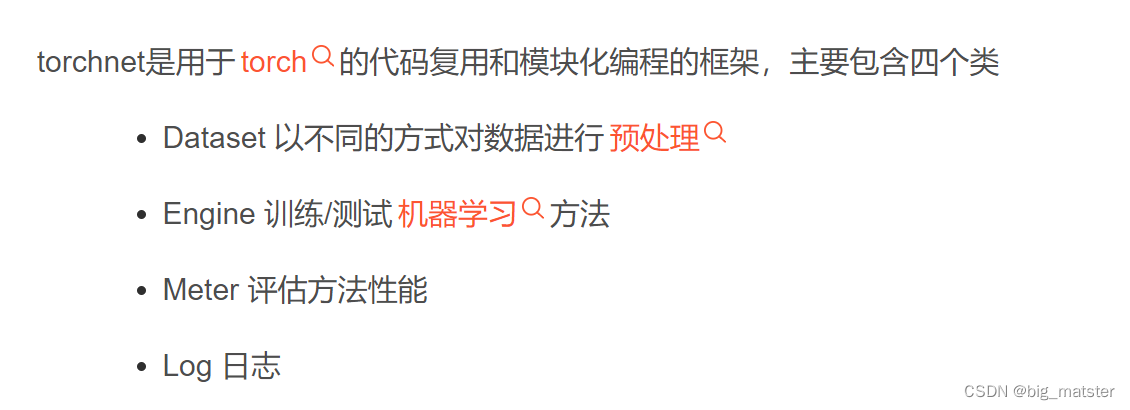
- 代码复用和模块化编程的框架都搞清楚。
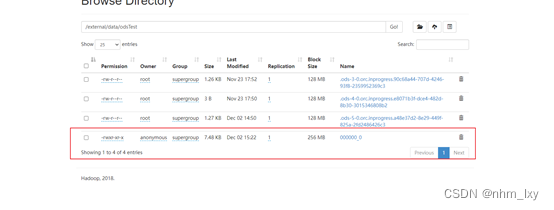
![gitee/github上传远程仓库错误usage: git remote add [<options>] <name> <url>](https://img-blog.csdnimg.cn/9c71bc5b821e43f7bea2c19e2b957306.png)
![[附源码]计算机毕业设计JAVA疫情防控期间网上教学管理](https://img-blog.csdnimg.cn/f09ed3f9d2364e03847a1d4fbe28e096.png)
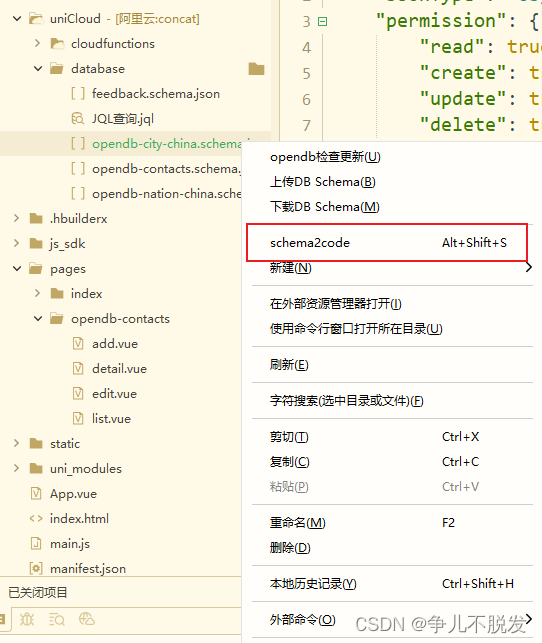
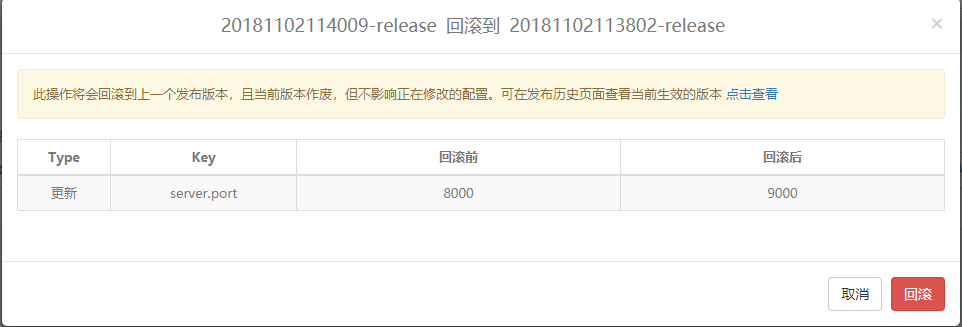
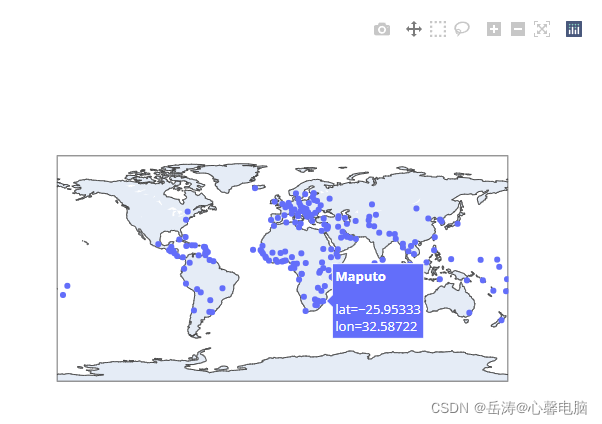




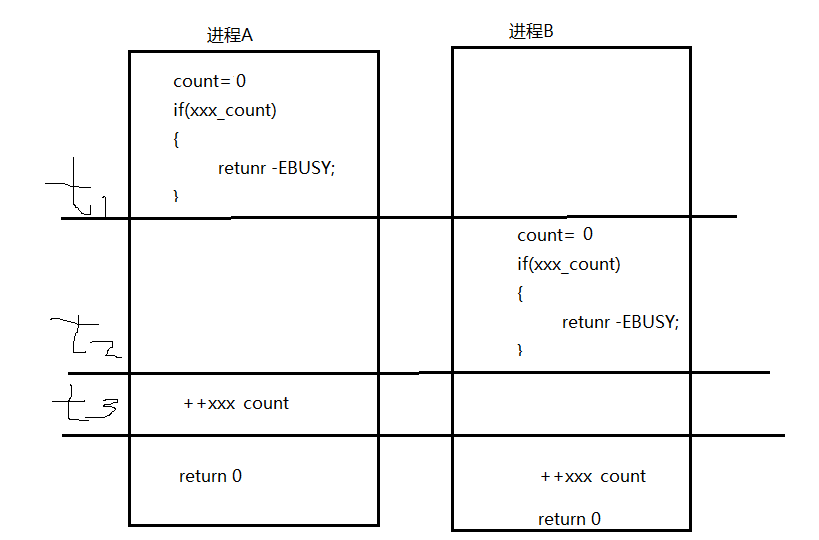
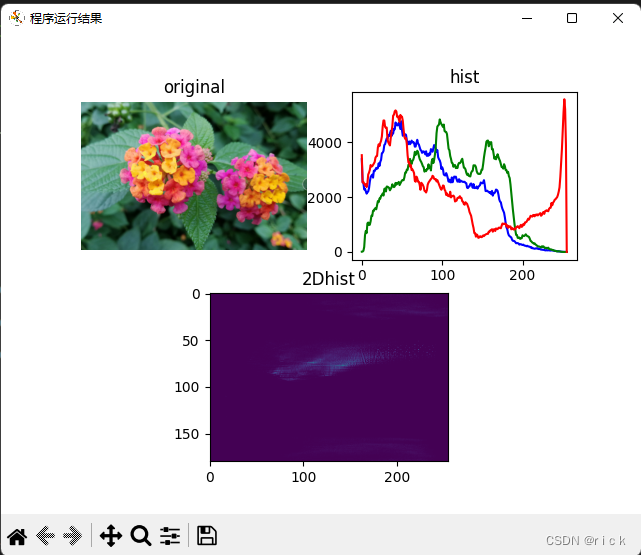

![[附源码]Python计算机毕业设计SSM健身房管理系统设计(程序+LW)](https://img-blog.csdnimg.cn/8cf92118c2ed464590bbf9236fbe8383.png)
![[附源码]Python计算机毕业设计Django体育馆场地预约管理系统](https://img-blog.csdnimg.cn/278d262b05b445e8a20b9c8af3dcbe77.png)


